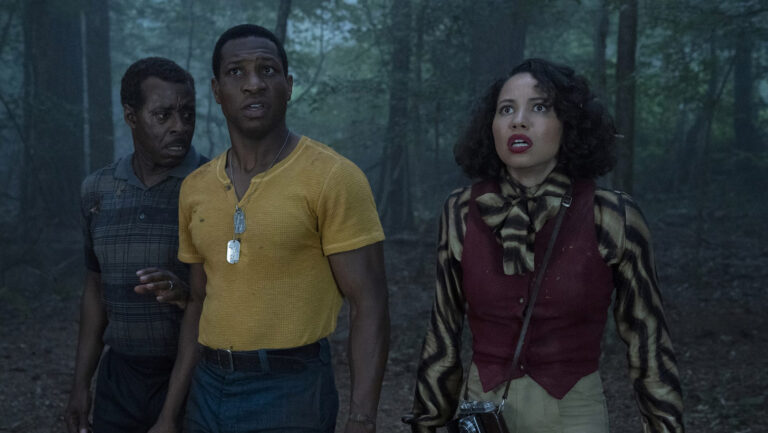Film Review: “Unfilmable” Sci-Fi Novel Cloud Atlas Defies Time And Space On The Silver Screen
Time-Hopping Sci-Fi Tale Soars—But How High?


no. I am not Keanu Reeves.”

Johnny Depp’s Willy Wonka has gone seriously downhill.


